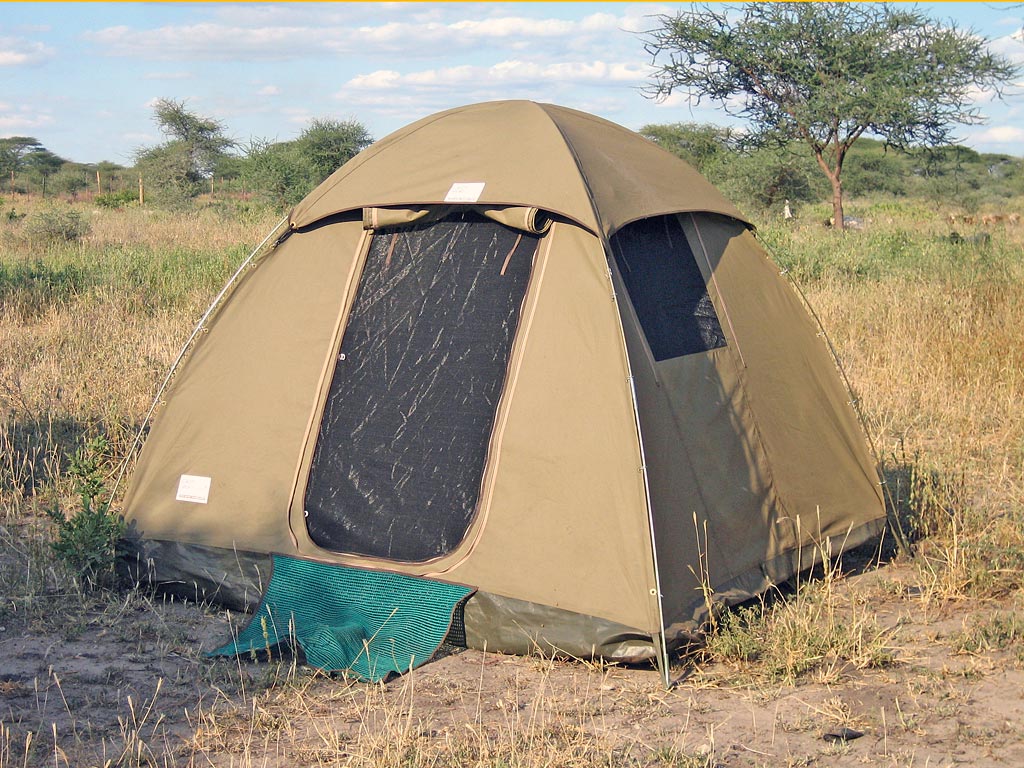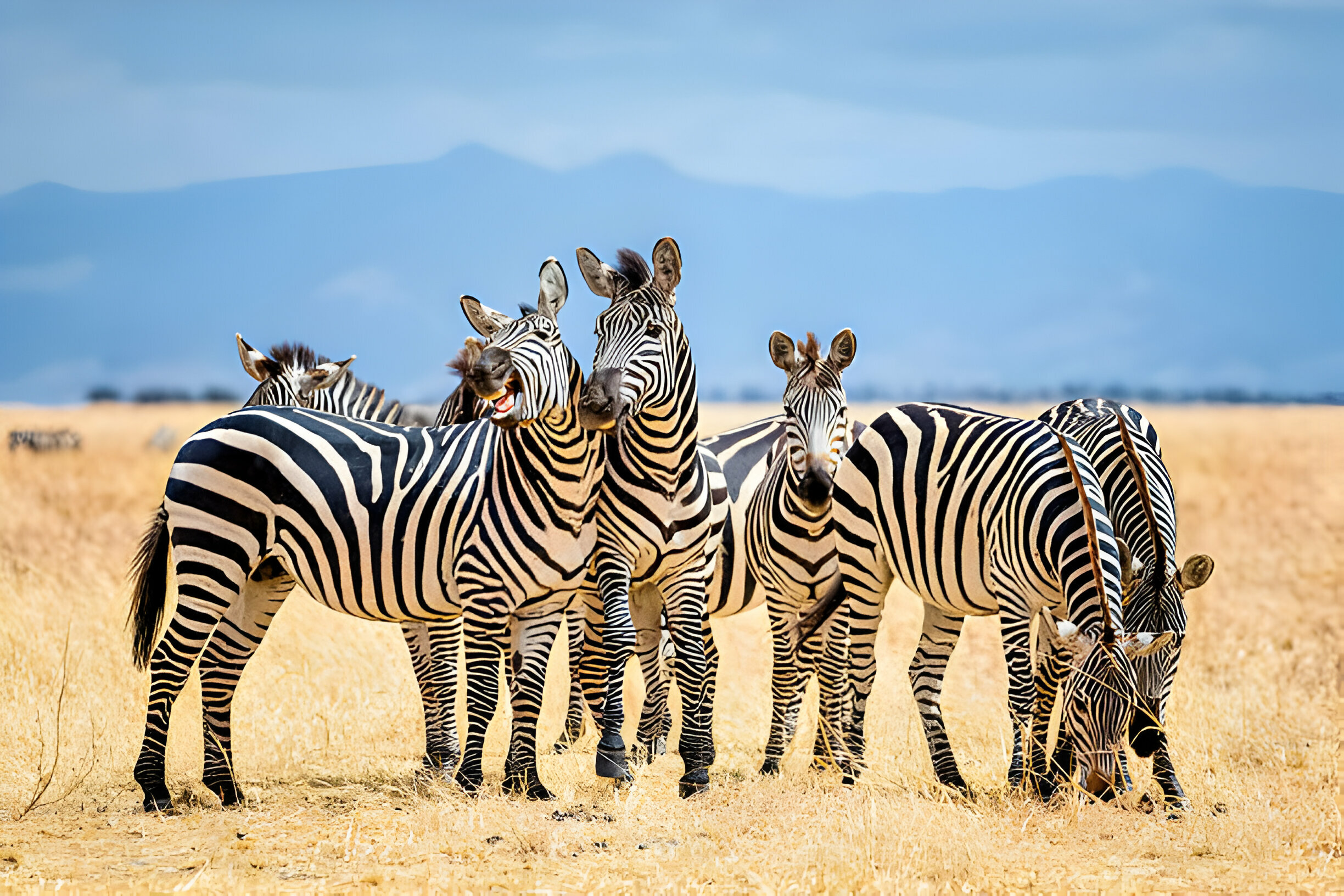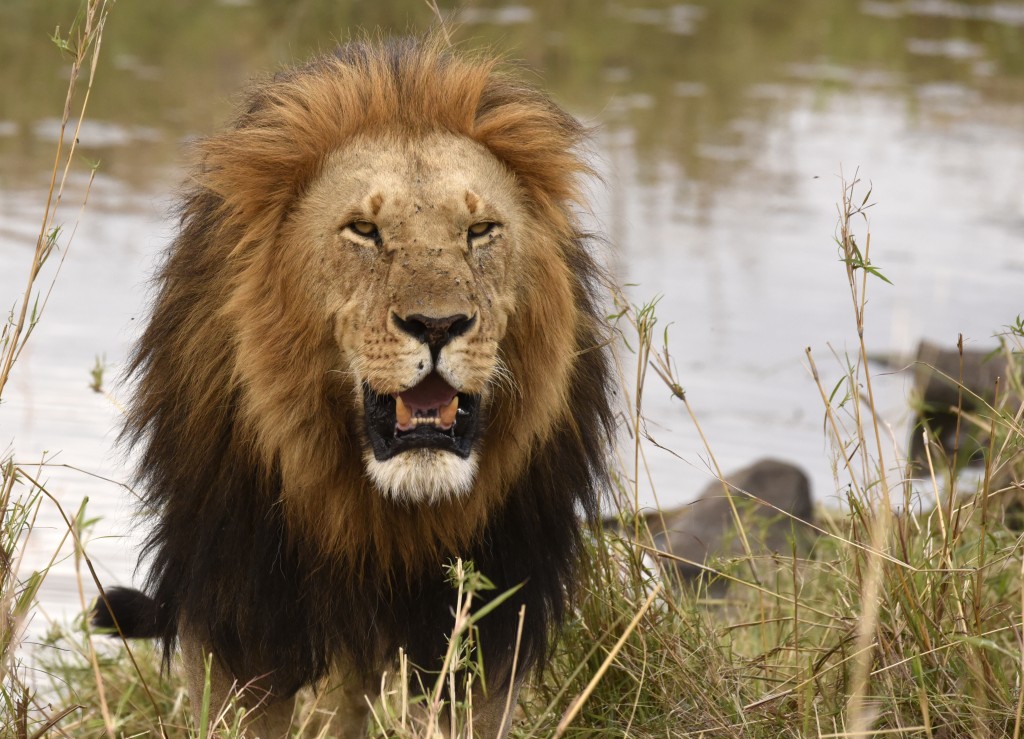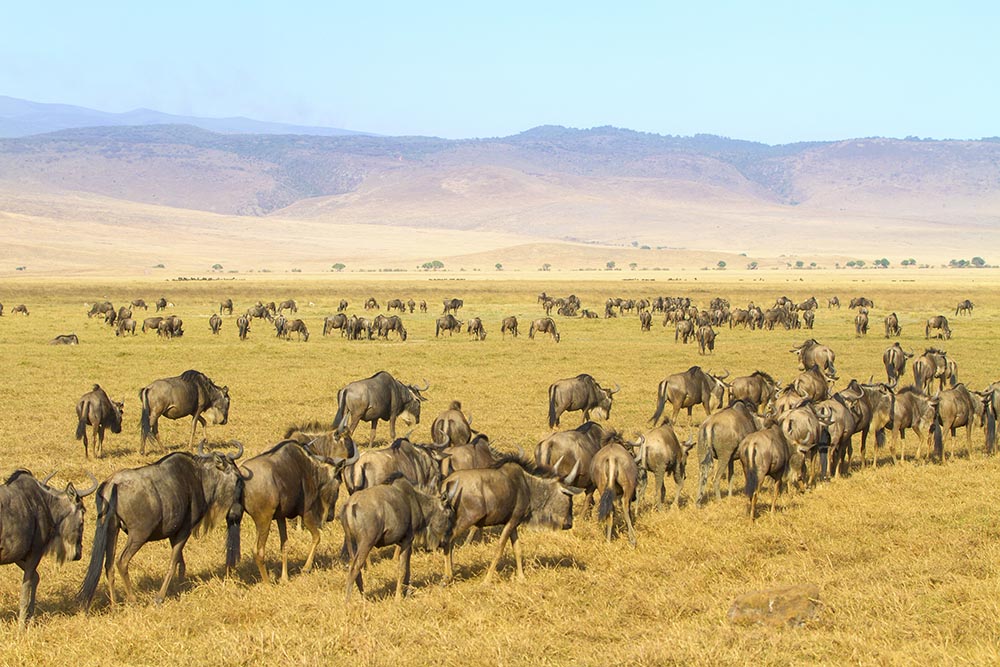Serengeti National Park
Serengeti National Park is one of the most renowned wildlife conservation areas in the world, located in the northern part of Tanzania. It is part of the larger Serengeti ecosystem, which includes adjacent reserves like the Ngorongoro Conservation Area, Maswa Game Reserve, and other protected areas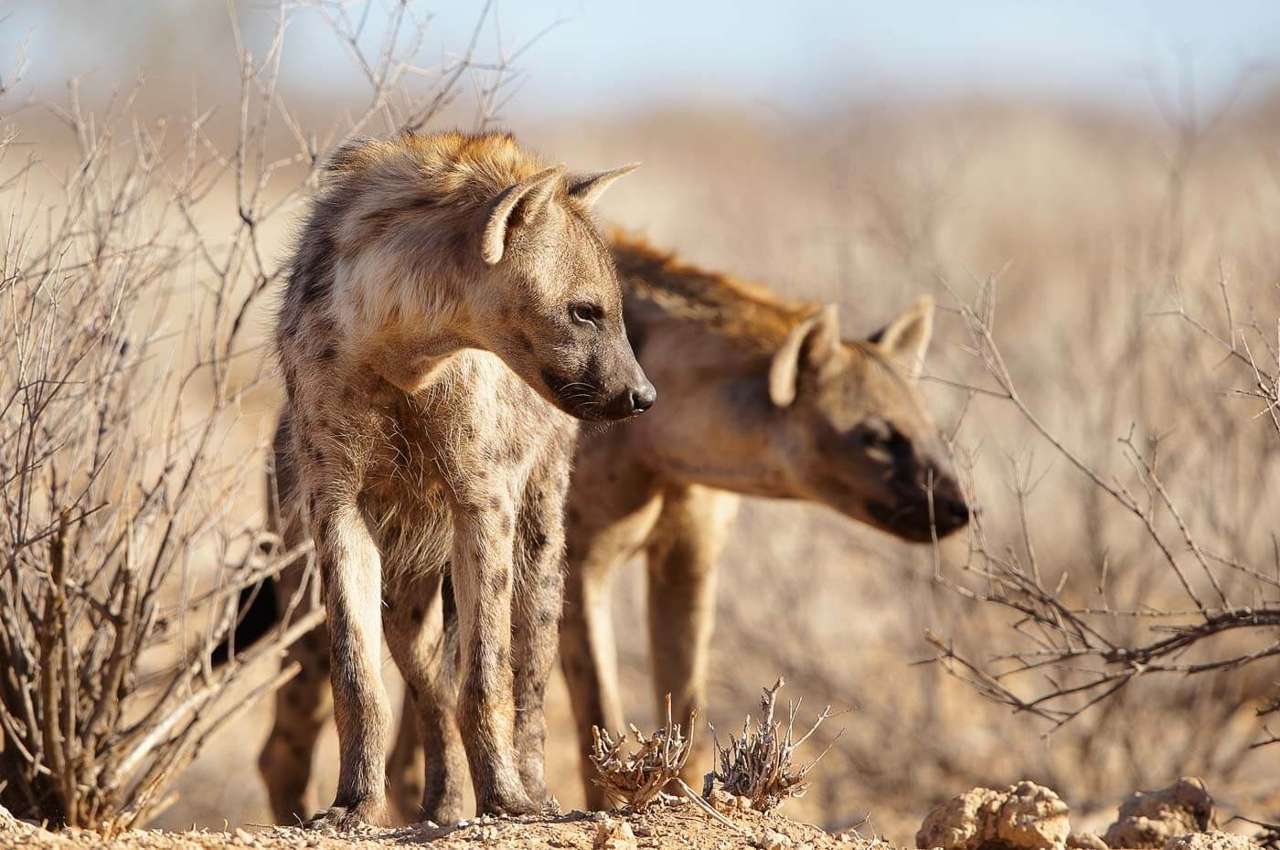
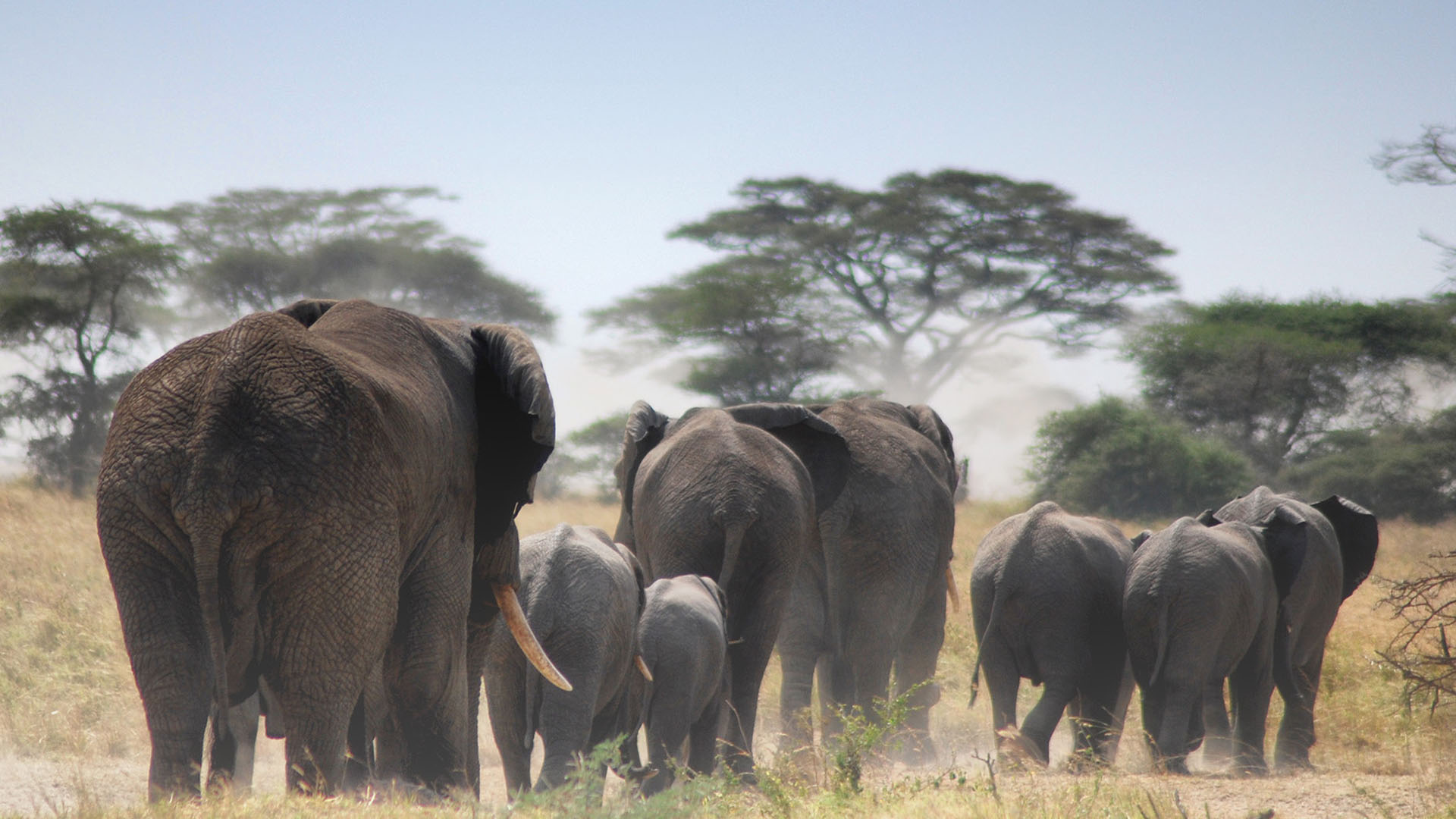

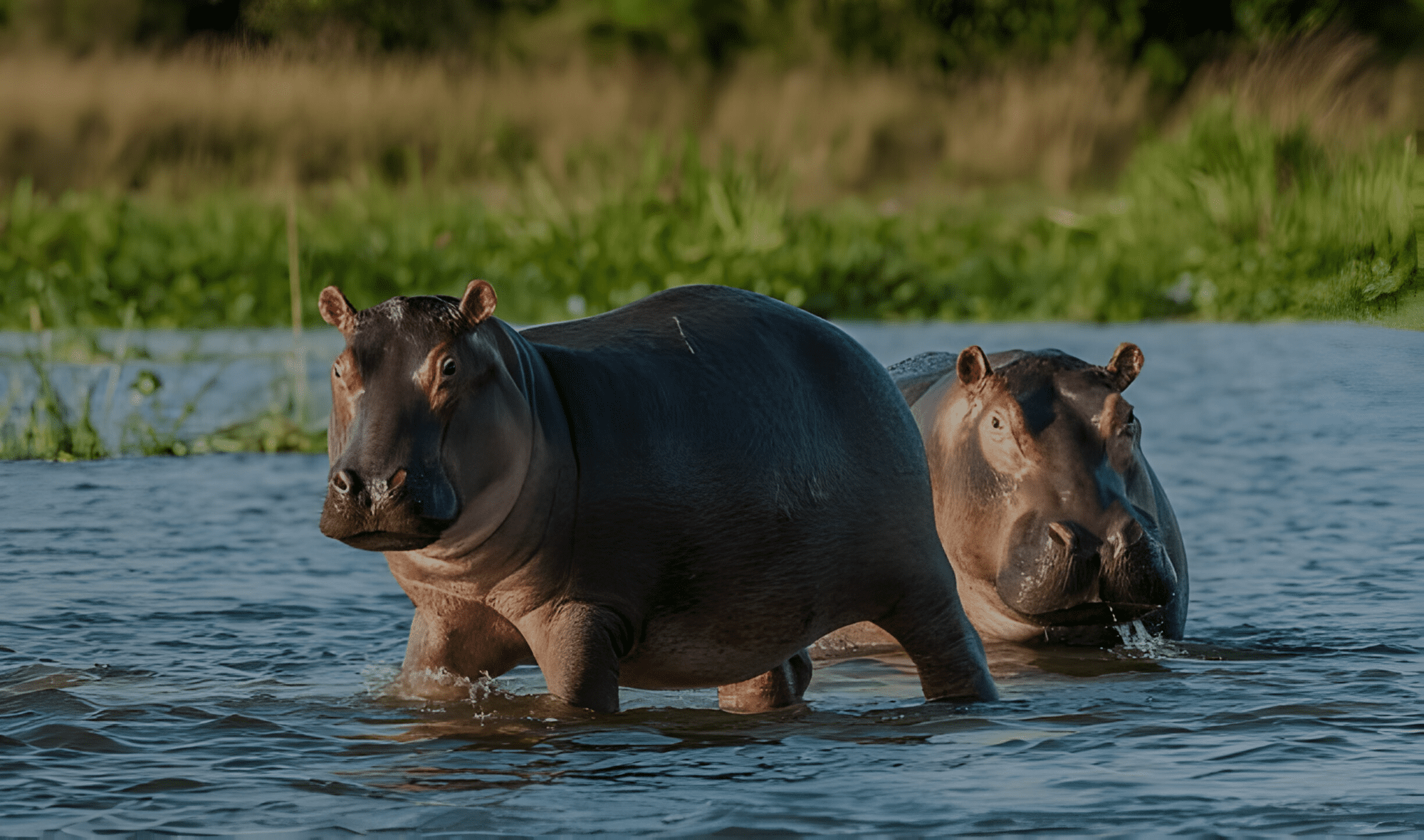
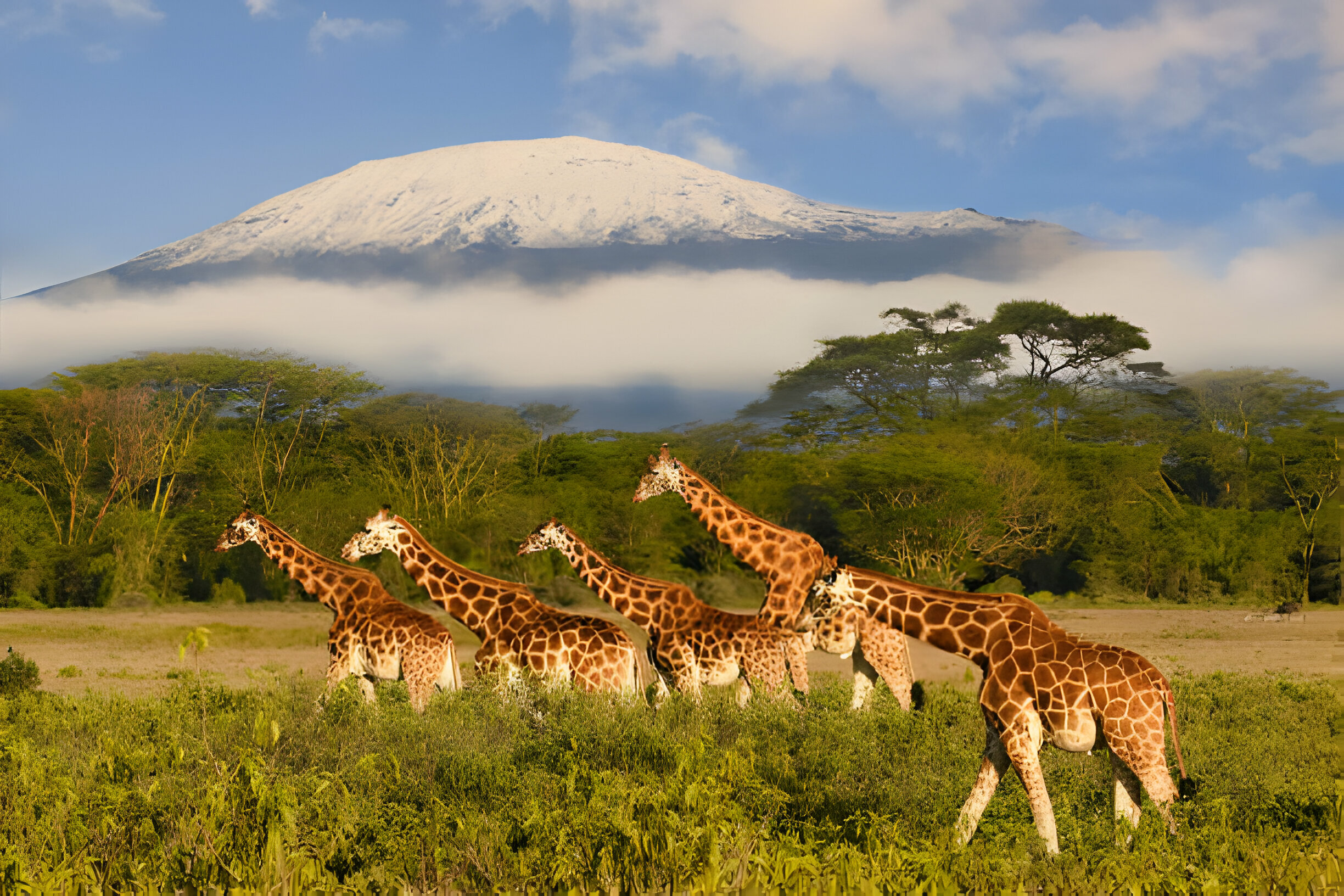
Serengeti National Park is one of the most renowned wildlife conservation areas in the world, located in the northern part of Tanzania. It is part of the larger Serengeti ecosystem, which includes adjacent reserves like the Ngorongoro Conservation Area, Maswa Game Reserve, and other protected areas. Here are some key features and information about Serengeti National Park:
Size and Location:
Serengeti National Park covers an expansive area of about 14,750 square kilometers (5,700 square miles), making it one of the largest national parks in Tanzania.
It is situated in the northern part of the country, extending to the border with Kenya, where it connects with the Maasai Mara National Reserve.Great Migration:
Serengeti is renowned for hosting the Great Migration, one of the most spectacular wildlife events on the planet. This annual migration involves millions of wildebeests, zebras, and other herbivores moving in a circular pattern in search of fresh grazing lands and water sources.
Wildlife:
The park is home to a diverse array of wildlife, including the “Big Five” (lion, elephant, buffalo, leopard, and rhinoceros).
Other notable species include cheetahs, giraffes, hippos, crocodiles, various antelope species, and an extensive variety of birdlife.Landscape:
The Serengeti landscape is characterized by vast plains, acacia savannas, and scattered rocky outcrops known as kopjes. The Grumeti and Mara rivers flow through the park, providing water for the resident wildlife.
Safari Opportunities:
Serengeti offers exceptional safari experiences, with opportunities for game drives, hot air balloon safaris, and guided walks (in specific areas).
The park is divided into different regions, each with its own unique characteristics, such as the Seronera Valley, Western Corridor, and Northern Serengeti.Cultural Heritage:
The Serengeti is not only rich in wildlife but also has cultural significance. The Maasai people, known for their distinctive attire and traditional lifestyle, inhabit areas around the Serengeti, contributing to the region’s cultural diversity.
Conservation Status:
Serengeti National Park has been designated a UNESCO World Heritage Site to recognize its outstanding natural value and ecological importance.

